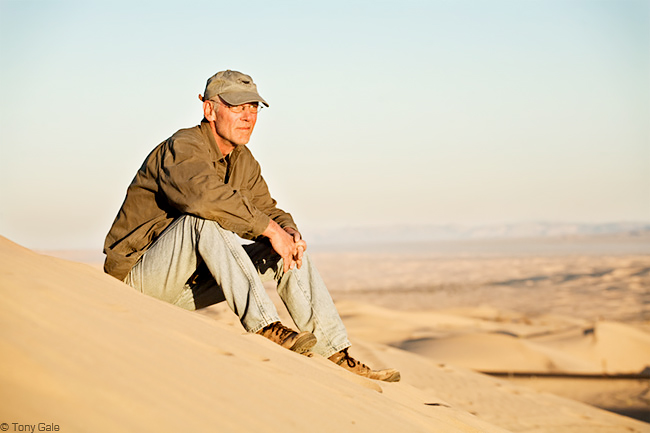David Zimmerman is an American photographer and filmmaker living in New Mexico and India. Zimmerman was based in New York City for many years prior to shifting his work to the New Mexico high desert. Zimmerman's studio in New Mexico is entirely solar powered. He is an honors graduate of Brooks Institute (BFA, 1982).
Zimmerman's work has been exhibited internationally in numerous solo and group exhibitions including,
Witte de With Center for Contemporary Art, Rotterdam, Netherlands;
Art on Paper, New York City;
Castello di Rivoli Museum of Contemporary Art, Turin, Italy;
AIPAD, New York City;
Circulo de Bellas Artes, Madrid, Spain;
Thessaloniki Cultural Museum, Thessaloniki, Greece;
FRAC Bourgogne, Dijon, France;
Annenberg Space for Photography, Los Angeles;
Hearst Photography Biennial, New York City;
Paris Photo LA, Los Angeles;
Context Art Miami;
Sous les Etoiles Gallery, New York City and
A. Galerie, Paris, France, among others.
Zimmerman is the recipient of numerous awards including the
Sony World Photography Awards,
L'Iris D'Or Prize for his Desert work.
Zimmerman is co-founder of the
Himalayan Art Centre - a free school dedicated to teaching visual storytelling through photography and filmmaking in remote and underserved regions of the Indian Himalayas.
Zimmerman's recent monograph,
One Voice; Portraits from the Tibetan Diaspora, has been published by Kehrer Verlag, Heidelberg, Germany.
